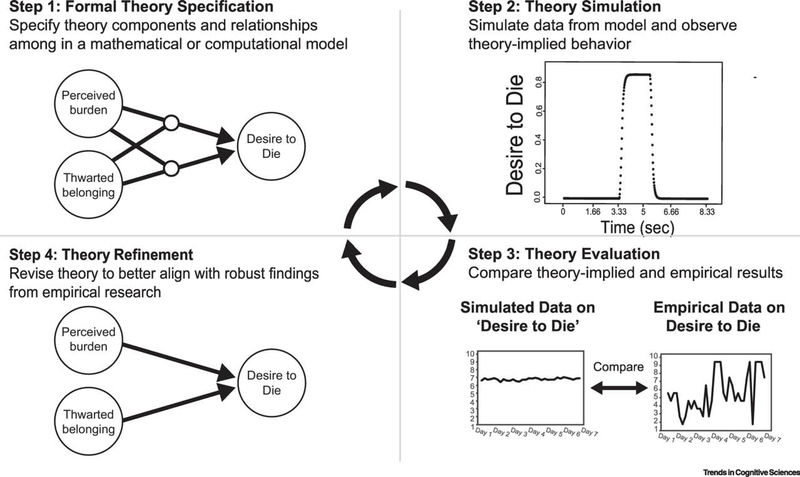Figure 3. The life cycle of proposed formal theories using the Interpersonal Theory of Suicide (IPTS) [19,20] as an example.
Step 1: Formal theory specification. There were many possible ways to specify the verbal theory in a formal model. We first diagramed the theory, specifying that perceived burdensomeness and thwarted belongingness directly affect the desire to die and moderate each other's causal effects (i.e., the effect of one component on desire to die is stronger when the other is high). Step 2: Theory Simulation. We next used the computational model to closely examine the theory’s implied behavior over a brief time period. We set all components to zero. Successively, we increased perceived burdensomeness, then thwarted belongingness to one and then each consecutively back to zero. Due to the moderating effects, the model predicts that both causal components are required for the desire to die to increase. Their combined effect causes a rapid increase in desire to die. These results could inspire studies seeking to corroborate these effects. Step 3: Theory Evaluation. The results from theory implied “data” are compared to those from empirical data. We possessed data on one person’s reported desire to die, sampled 34 times over one week (unpublished data). We therefore simulated “desire to die” from the IPTS model sampled at the same frequency to assess how well our model captures the empirical phenomenon. The values of perceived burdensomeness and thwarted belongingness over time were drawn randomly from a normal distribution (M = 2.5, SD = 1.5). The simulated data shows far less variability than the empirical data; therefore, the model likely needs revision. Step 4: Theory Refinement. Discrepancies between the theory and robust empirical findings result in theory modification, bringing the theory more in line with empirical research. This revised theory is specified as a formal theory, restarting this cycle. Each cycle incrementally gives the theory more explanatory and predictive power.

